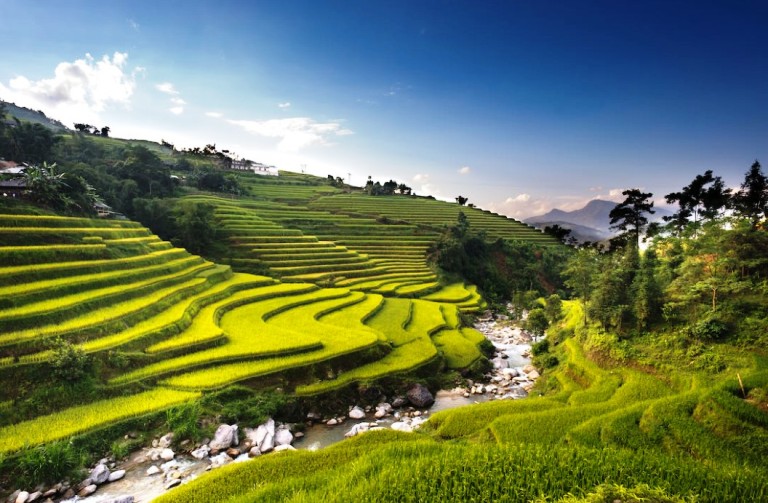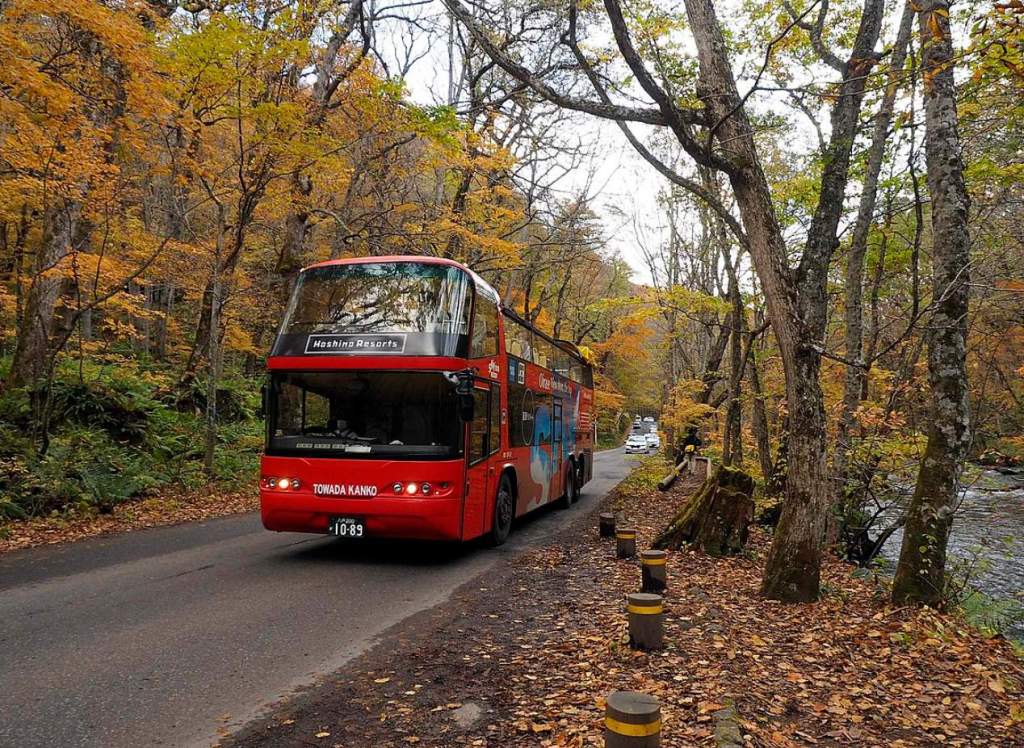Marie Byrd Land (MBL) is a vast swath of uninhabitable territory lies in Antarctica, but it has not been claimed by any nation. This is the world’s largest unclaimed territory on Earth, with an area of 1,610,000 km2 (620,000 sq mi). On the west, it is bordered by the Unclaimed Ross Ice Shelf, on the east by the Ross Sea, and the north by the Pacific Ocean. In the east it divides the Ross Ice Shelf from the Eights Coast.
Because it has not been claimed by anyone else, this uninhabitable Antarctic tundra was named after an explorer’s wife. In 1929, Admiral Richard E. Byrd led the first exploratory flight over the area and named it for him. The area was named after his wife, Marie. Due to its inhospitality, the crew could not camp in the previously unknown region and instead set up on the neighboring Ross Ice Shelf.
There has been little change since Byrd’s exploration. No sovereign nation has claimed Marie Byrd Land because of its harsh climate and inaccessibility. There have been some expeditions into the area, but aerial mapping has been the only means by which explorers have mapped Marie Byrd Land.
The region has been revealed in great detail through aerial photography. Marie Byrd Land is mostly composed of the Bentley Subglacial Trench, Antarctica’s lowest point, which borders Antarctica’s highest point, Vinson Massif.
U.S. publications have shown that it has been a United States territory for some time, and the Pentagon has stated that the United States has a solid claim on Antarctica resulting from its activities before 1959. From 1946 to 1959, the United States Navy mounted several expeditions to Antarctica. During these expeditions, aerial photography was taken over coastal Marie Byrd Land using the Trimetrogon system. Among the prominent glaciers draining the WAIS in MBL are the Thwaites and Pine Island Glaciers. In terms of extent, the Bindschadler and Whillans ice streams drain the most into the Ross Ice Shelf.
In spite of the fact that no nations are fighting over this antarctic tundra, one man is attempting to claim Marie Byrd Land for himself. Travis McHenry laid claim to the region by exploiting a loophole in the Antarctic Treaty, which guides international relations in Antarctica. He named the region the Protectorate of West-arctic and wrote letters to various countries informing them of his claim. Since McHenry contacted the nations he hoped to establish a currency for his micro-nation, no one has responded.
Mountains are exposed on the coast of MBL, where ice thickness is thinner due to the burial of MBL’s continental basement. There are a number of noteworthy ranges in MBL, including the Ford Ranges, the Flood Range, and the Executive Committee Range. More than six mountain groups are named in the Ford Ranges.
There are glaciers and icy terrain in Marie Byrd Land, Antarctica. Because of its remoteness and lack of resources, no one has claimed it. It is important to note that seven countries have territorial claims in Antarctica (Argentina, Australia, Chile, France, New Zealand, Norway, and the United Kingdom), but the United States and most other countries do not recognize those claims. Although the United States has a basis for claiming Antarctica, it has not done so.
Related Reading: Bir Tawil: A Strange Tale about Unclaimed Land











